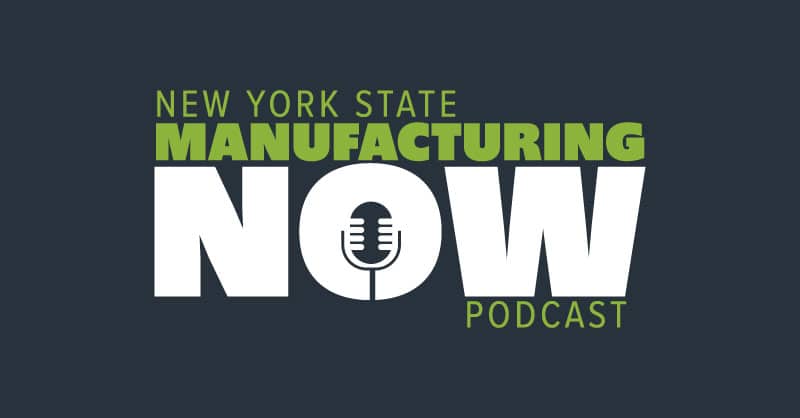Soundtracks are an elemental part of every film. Even when a movie doesn’t have one or only uses music sparingly, the omission is a statement in itself. Whether a filmmaker decides to make the soundtrack its own bombastic character by blasting classic pop songs or opts for making the music wholly part of the world within the film, those needle drops make all the difference. They can explain how a character is feeling without a single word of dialogue, cast a sinister shadow over a seemingly innocuous stroll in the woods, or tip you over the emotional edge and reduce you to a puddle of tears.
The history of soundtracks is as old as cinema itself. In the silent era, before actors made a sound, music was used to communicate the story. During the Golden Age of Hollywood, composers like Bernard Hermann brought orchestral grandeur to the screen. By the 1960s and ‘70s, film music began to branch out into a more contemporary realm that matched the culture more broadly. Mike Nichols’ 1967 hit, The Graduate, was a watershed moment in this regard, featuring a soundtrack made up almost entirely of licensed music. Ironically, its only original song, Simon & Garfunkel’s ‘Mrs Robinson,’ became a number one hit.
The 1937 Disney movie Snow White and the Seven Dwarves is usually cited as the first film to get its own soundtrack album, but it didn’t sell nearly as well as tickets to the movie. It would take decades for a soundtrack to out-earn its film, and it’s safe to say that the album that got the distinction still stands the test of time. Curtis Mayfield’s music for the 1972 Blaxploitation film Super Fly remains a classic.
Mayfield struck out on his own with this one, going beyond the script to imbue the movie with deeper meaning. Super Fly follows a drug dealer named Youngblood Priest (Ron O’Neil) who is trying to escape his life of crime and start over, but he quickly realises that it’s much easier said than done. Mayfield’s soundtrack focuses on the psychology of the character rather than the swaggering front he puts on as a drug dealer. It’s also a masterclass in ‘70s psychedelic soul and funk, a concept album that continues to resonate.
The film earned upwards of $30 million at the box office (or $18.6 million, depending on who’s counting), which paled in comparison to the soundtrack album. It sold millions of copies and provided two hit singles — the title track and ‘Freddie’s Dead,’ which hit number eight and number four in the pop charts, respectively.
What is the bestselling movie soundtrack?
Despite its virtuosity, Mayfield’s Super Fly is not the bestselling soundtrack of all time. That distinction belongs to the 1992 album for The Bodyguard, which starred Whitney Houston in her movie debut as a famous singer who hires a bodyguard (Kevin Costner) to protect her from a stalker. The film was a huge hit, earning $411million off a budget of only $25million.
Houston did the soundtrack, and it, too, was a massive success. In fact, it’s difficult to overstate just how much of a hit it was. It topped the charts in nearly two dozen countries, including the US, UK, Australia, and Europe. It hit number one on the Billboard 200 in its second week, where it stayed for 20 consecutive weeks, a record for an album by a female artist. For a while, it was selling one million copies per week, becoming certified Diamond in November of 1993. It won the Grammy for ‘Album of the Year,’ and two of its songs were nominated for the ‘Best Original Song’ Oscar.
So, what was so great about it? Well, it featured some of Houston’s most enduring hits, including ‘Run to You,’ ‘I Have Nothing,’ and her incomparable rendition of Dolly Parton’s ‘I Will Always Love You.’ It sold 45 million copies worldwide, was the bestselling album of the decade, and remains the highest-selling album by a female artist.
Popular News




Current News
Manufacturing

Collaboratively administrate empowered markets via plug-and-play networks. Dynamically procrastinate B2C users after installed base benefits. Dramatically visualize customer directed convergence without
Collaboratively administrate empowered markets via plug-and-play networks. Dynamically procrastinate B2C users after installed base benefits. Dramatically visualize customer directed convergence without revolutionary ROI.





About Us
Tech Photos
























